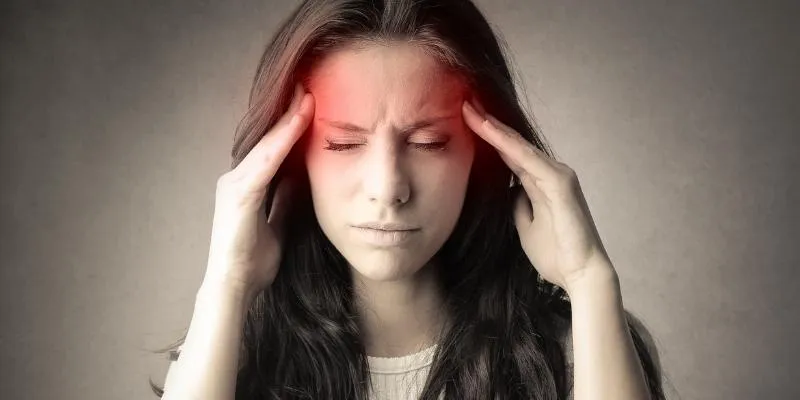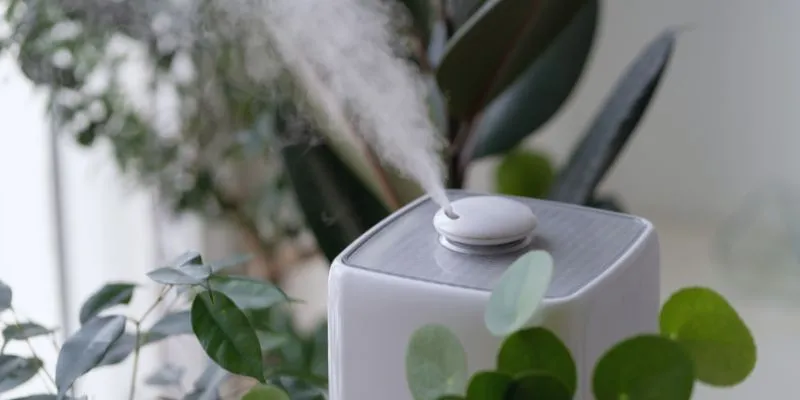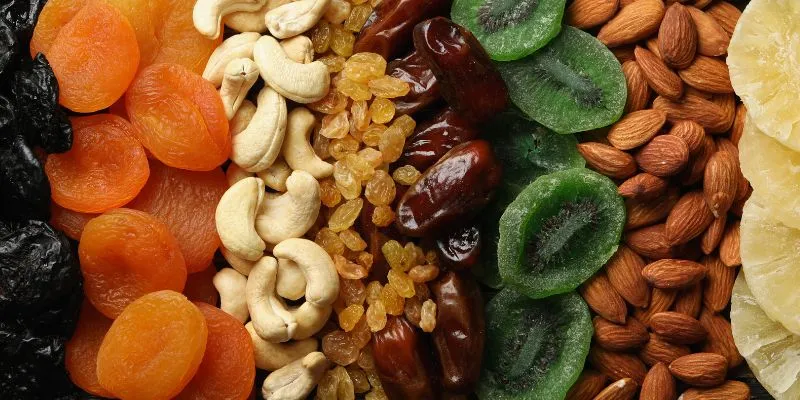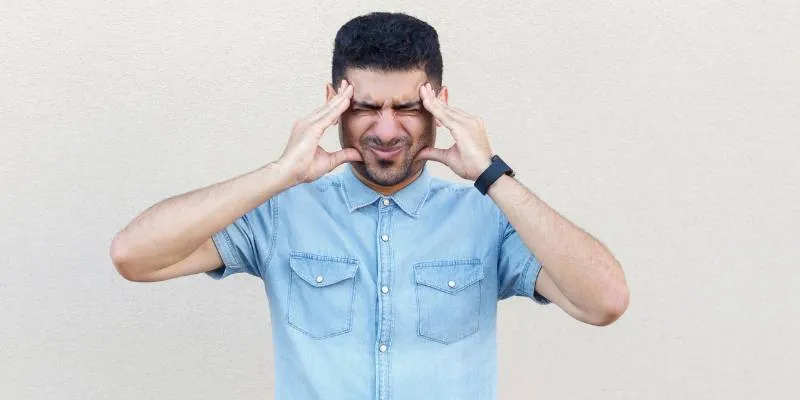Dupuytren"s Contracture of the Hand: Causes, Symptoms, and Treatment
Dupuytren’s contracture is a hand disorder that affects the connective tissue beneath the skin, gradually causing one or more fingers to bend toward the palm. Typically, symptoms develop slowly over several years, often impacting the ring and little fingers. While the exact cause remains unknown, genetic factors, age, and lifestyle choices can increase the risk. If untreated, the condition can hinder daily activities like shaking hands or grasping objects. This article explores the causes, symptoms, diagnosis, and treatment options for Dupuytren’s contracture.

What is Dupuytren’s Contracture?
Dupuytren’s contracture affects the palmar fascia, a layer of connective tissue in the hand. This condition leads to the thickening of the fascia, forming cords that pull the fingers inward. Although generally painless, it can eventually limit hand function. More prevalent in individuals of Northern European descent, it primarily affects men over 50. The disorder’s progression varies; some individuals may experience minor symptoms, while others develop severe finger deformities. Named after Baron Guillaume Dupuytren, a 19th- century French surgeon, early detection and management are crucial for maintaining hand mobility and preventing complications.
Causes of Dupuytren’s Contracture
The precise cause of Dupuytren’s contracture is unclear, but several factors contribute to its development. Genetics play a significant role, with family history increasing the likelihood of developing the condition. Age is another major risk factor, particularly for those over 50. Men are more likely to develop Dupuytren’s contracture, although women may experience symptoms later in life. Certain medical conditions, such as diabetes and epilepsy, are associated with a higher incidence of the disorder. Additionally, lifestyle factors like smoking and heavy alcohol consumption can exacerbate the condition by reducing blood flow to the hand’s tissues.
Symptoms of Dupuytren’s Contracture
Symptoms of Dupuytren’s contracture often develop gradually and may go unnoticed initially. The first sign is typically a small lump or nodule forming in the palm near the base of the fingers. This firm bump may initially feel tender. As the condition progresses, the nodule can develop into a thick cord of tissue, pulling the affected fingers toward the palm. Though all fingers can be involved in severe cases, the ring and little fingers are most commonly affected. Limited hand movement is a classic symptom, making tasks like shaking hands, typing, or gripping objects difficult. Without treatment, the condition can lead to significant hand deformities, impacting overall quality of life.
Diagnosis of Dupuytren’s Contracture
A healthcare professional can diagnose Dupuytren’s contracture through a physical examination, assessing finger mobility and checking for nodules or cords in the palm. The “tabletop test,” where the patient places their hand flat on a table, is commonly used. If the hand does not lie flat, it may indicate Dupuytren’s contracture. While imaging tests like X-rays or ultrasounds are rarely needed, they can be used in specific cases to assess the condition’s severity. Early diagnosis is crucial for effective management and preventing further progression.
Risk Factors for Dupuytren’s Contracture
Several factors increase the risk of developing Dupuytren’s contracture. Awareness of these risks can aid in early detection and management.
- Genetics: A family history of the condition increases the likelihood of developing Dupuytren’s.
- Age and Gender: Men over 50 are more commonly affected, while women may develop symptoms later in life.
- Medical Conditions: Conditions like diabetes and epilepsy can elevate the risk.
- Lifestyle Factors: Smoking and heavy alcohol consumption can contribute to the disorder by reducing blood circulation to the hand tissues.
While genetic factors cannot be changed, managing lifestyle risks and underlying health conditions can delay or prevent symptom onset.
Treatment Options for Dupuytren’s Contracture
Treatment for Dupuytren’s contracture varies based on the condition’s severity. While advanced cases often require medical intervention, mild cases may not need immediate treatment.
- Non-Surgical Treatments: Non-surgical approaches are generally effective for less severe cases. Steroid injections can reduce inflammation and slow disease progression, while enzyme injections (collagenase injections) can break down thickened cords, improving finger mobility.
- Surgical Options: Surgery may be necessary when the condition significantly impairs hand function. Procedures like fasciectomy remove affected tissue to restore hand movement, while needle aponeurotomy, a minimally invasive technique, releases contracted cords using needles.
- Physical Therapy: Post-treatment physical therapy is essential for maintaining hand function. Exercises improve flexibility and strength, ensuring long-term recovery. Your healthcare provider will recommend the best treatment plan based on your condition’s severity and overall health.

Living with Dupuytren’s Contracture
Managing Dupuytren’s contracture involves adapting daily routines and using strategies to preserve hand function. Early intervention is key to preventing severe complications. Regular hand exercises enhance flexibility and slow disease progression. Daily finger stretching helps maintain mobility, while ergonomic devices like specially designed grips simplify daily tasks.
For those undergoing treatment, post-operative care is crucial. Physical therapy sessions aid recovery and prevent stiffness. Following your doctor’s guidance is vital for optimal results. Emotional support is also important; joining support groups or speaking with others living with the condition can provide valuable insights. Proactively managing Dupuytren’s contracture helps maintain independence and improve quality of life.
Conclusion
Dupuytren’s contracture is a degenerative disorder that can affect daily life and impair hand function. Understanding its causes and symptoms allows for early detection and treatment. While the exact cause is unknown, factors such as genetics, age, and lifestyle play a role. Treatment options range from non- invasive injections to surgical procedures, depending on severity. Regular hand exercises and physical therapy post-treatment can help preserve mobility. If you notice symptoms of Dupuytren’s contracture, consult a healthcare professional promptly. Early intervention can preserve hand function and enhance overall quality of life.










